Ch 4 Metric System & Laboratory Calculations Vet Tech Clinical Pathology
1/38
There's no tags or description
Looks like no tags are added yet.
Name | Mastery | Learn | Test | Matching | Spaced |
|---|
No study sessions yet.
39 Terms
Metric System
Units of measurement based on the powers of 10. Used in Science, including veterinary science
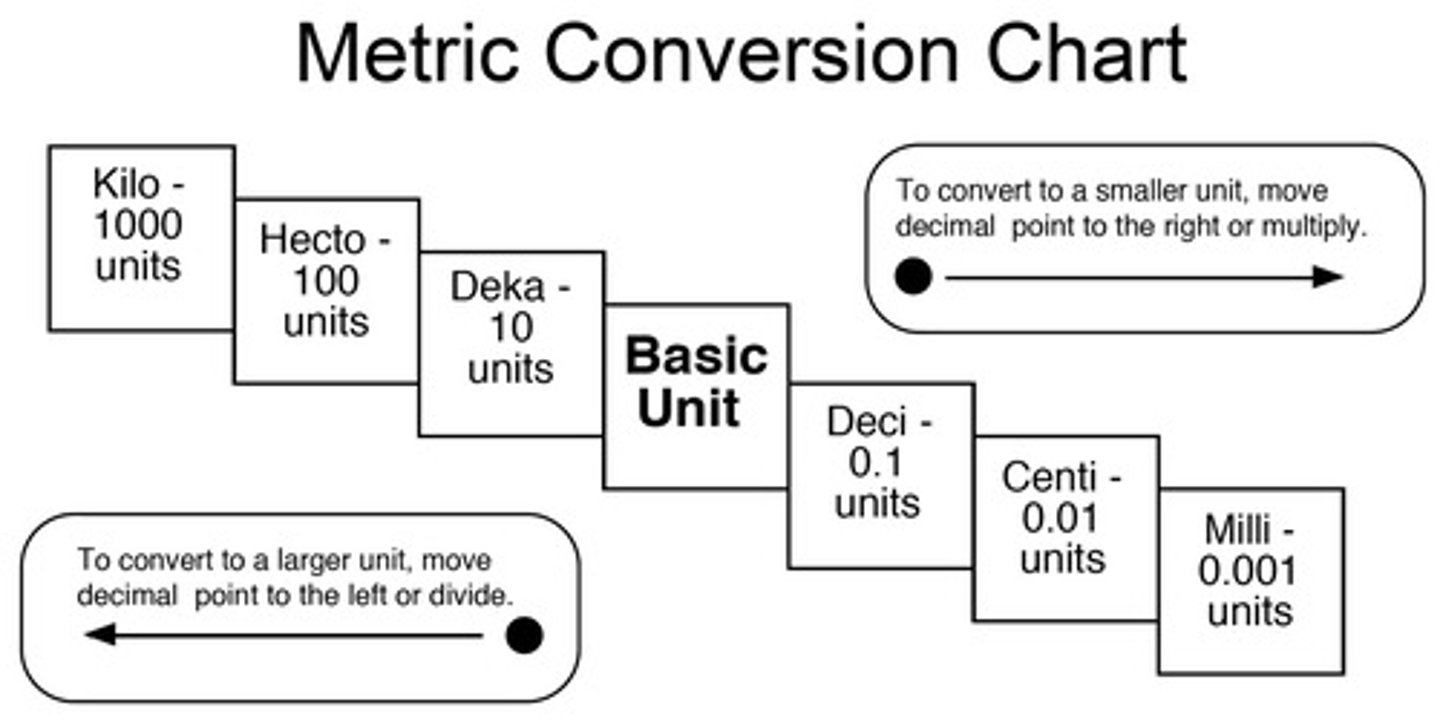
Metric System Basic Units
Grams (weight), Liters (volume), Meters (length).

Powers of Ten
Metric system units are all based on units of 10 so when changing units, one just has to move the decimal point.
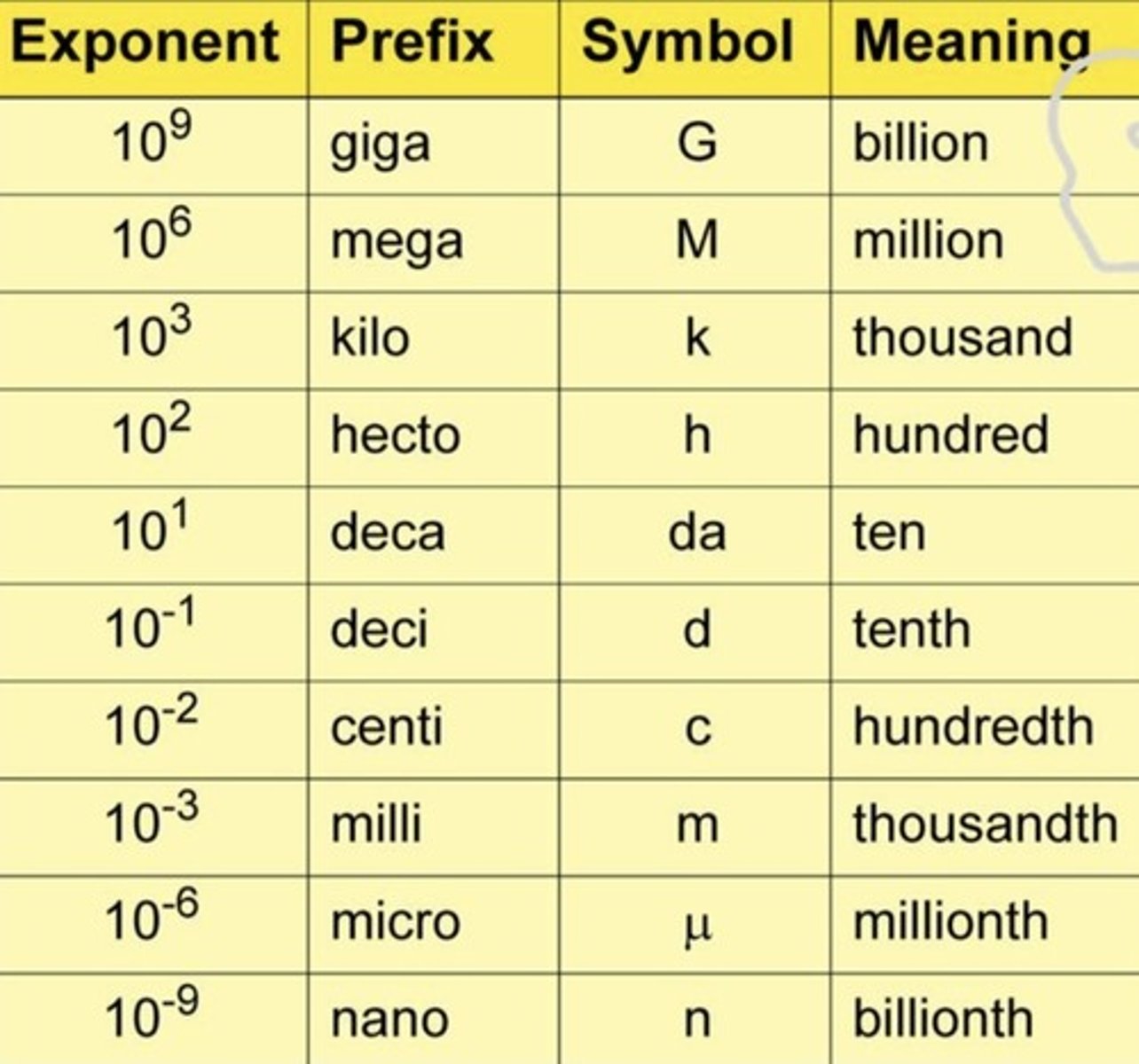
Centi
10^-2 or 1/100
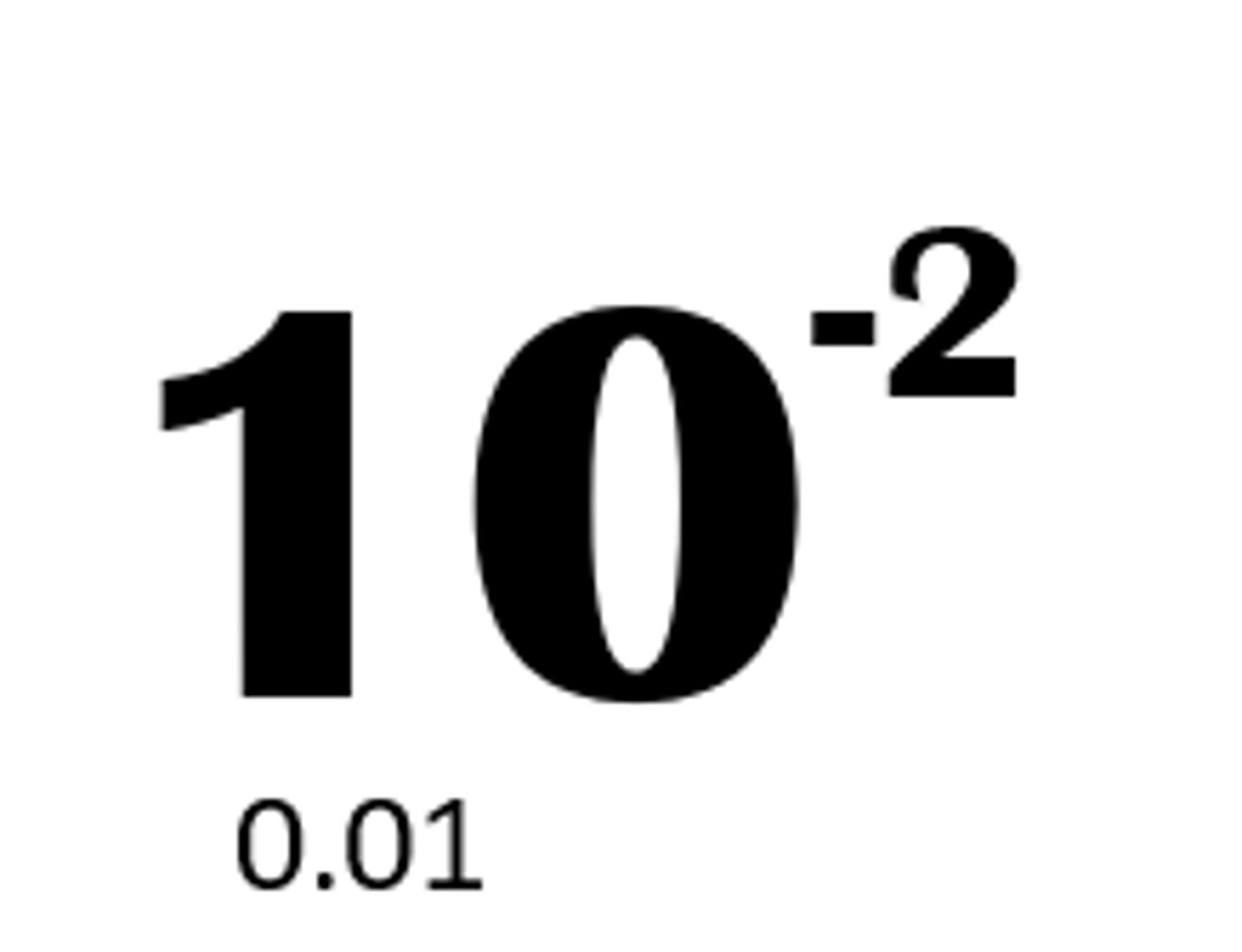
milli
10−3. or 1/1000
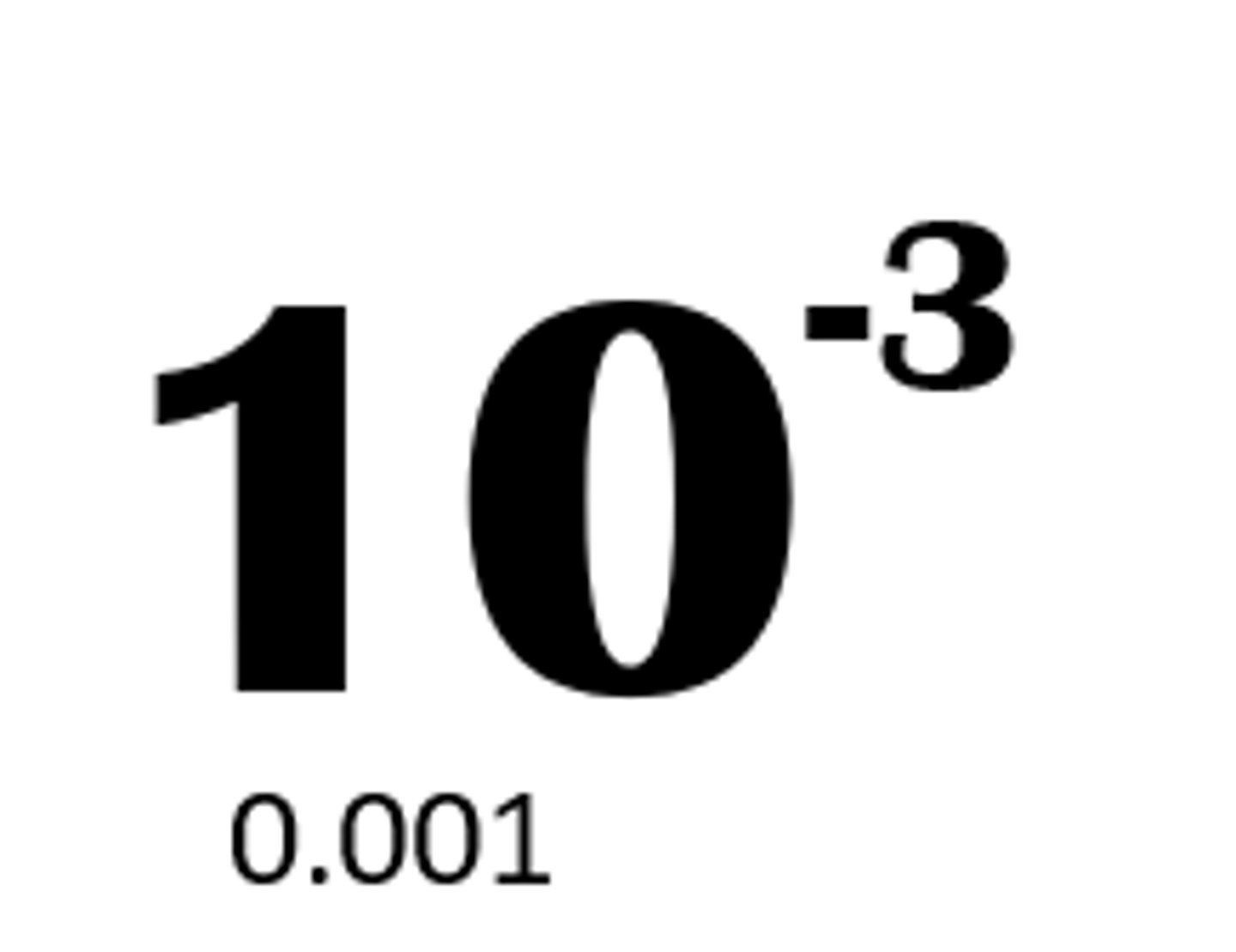
Micro
10−6. or 1/1,000,000
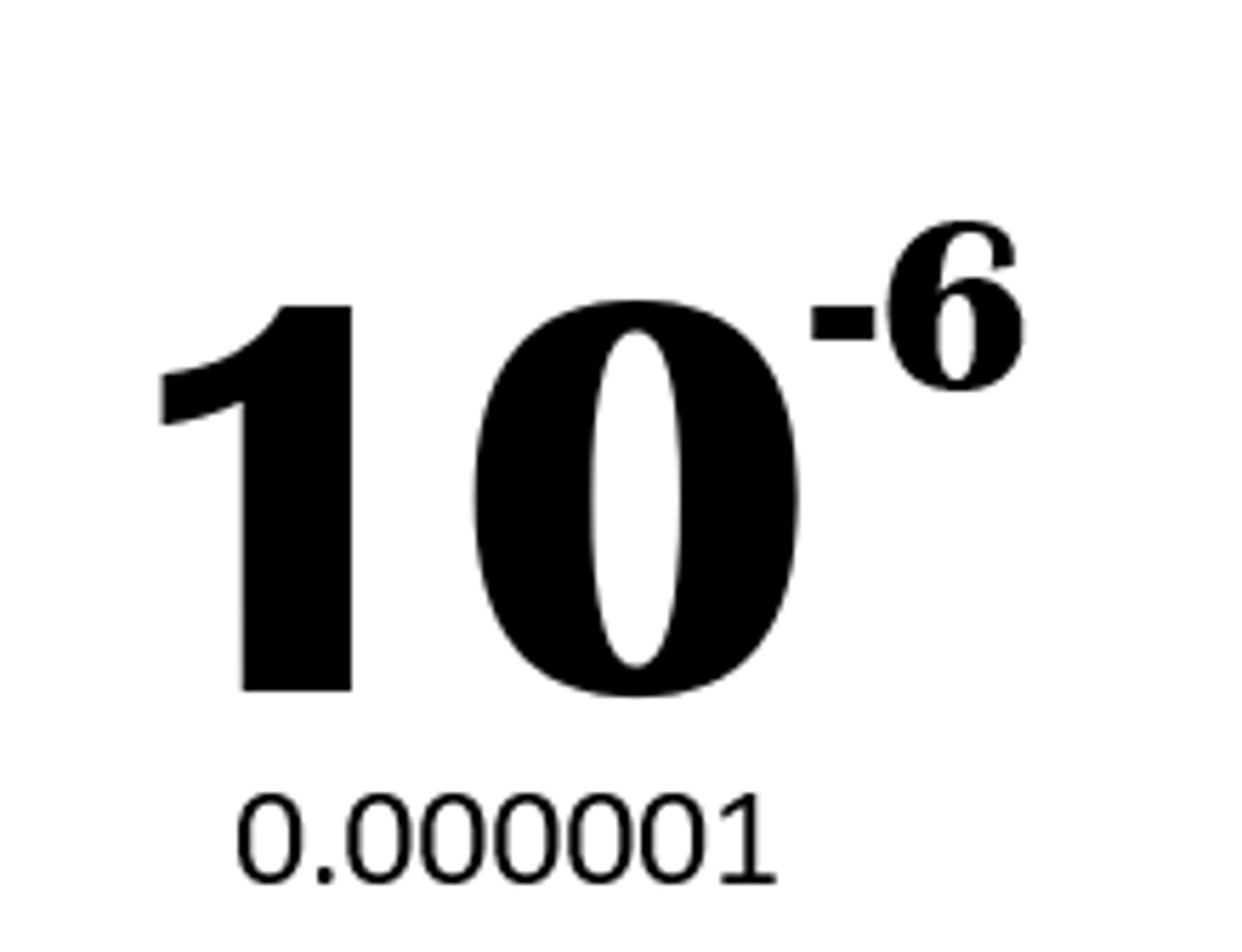
Deca
10¹ or 10
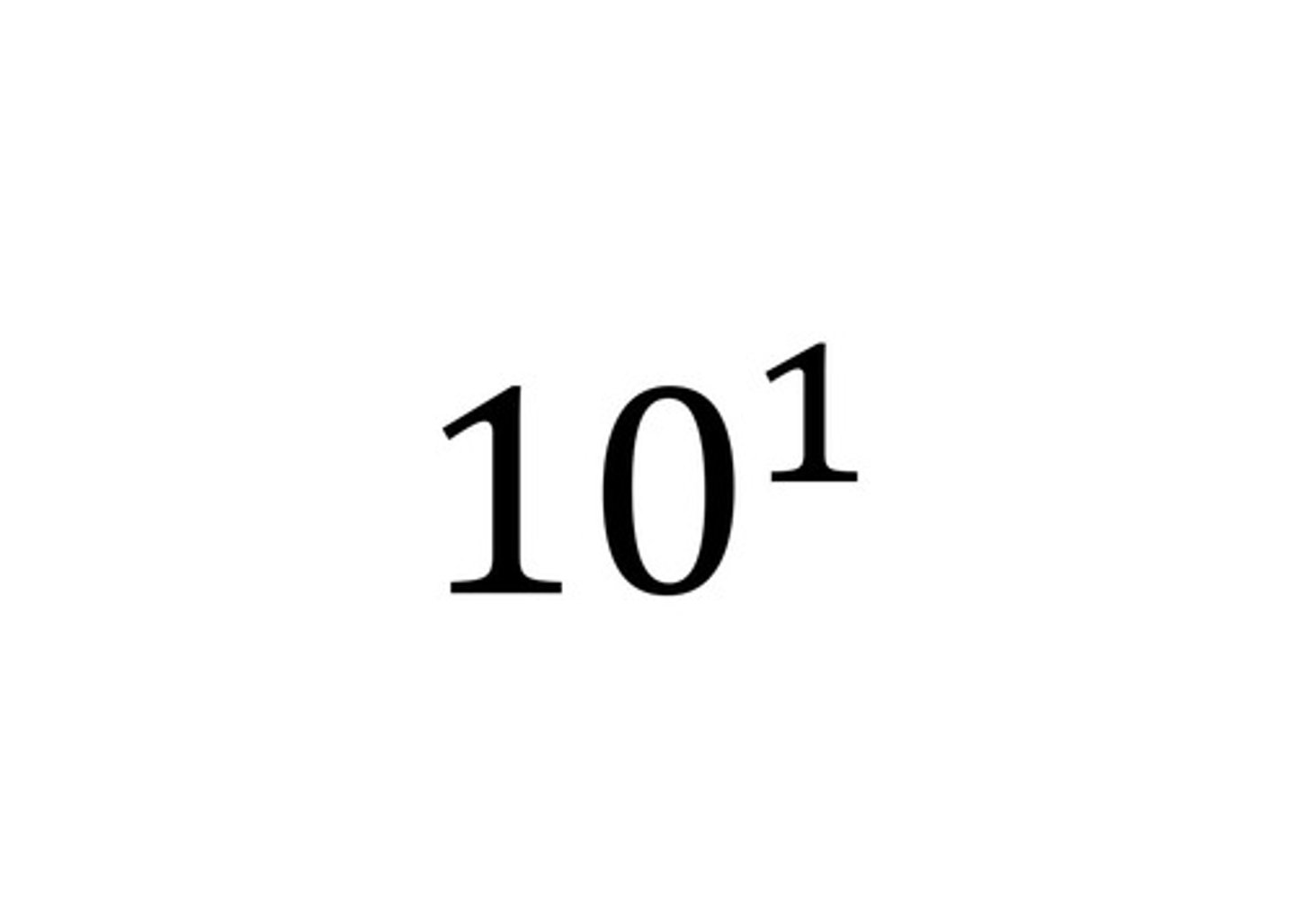
Dilutions
Usually expressed as ratios, amount of one item relative to the amount of another, 1:2 (read "one to two")
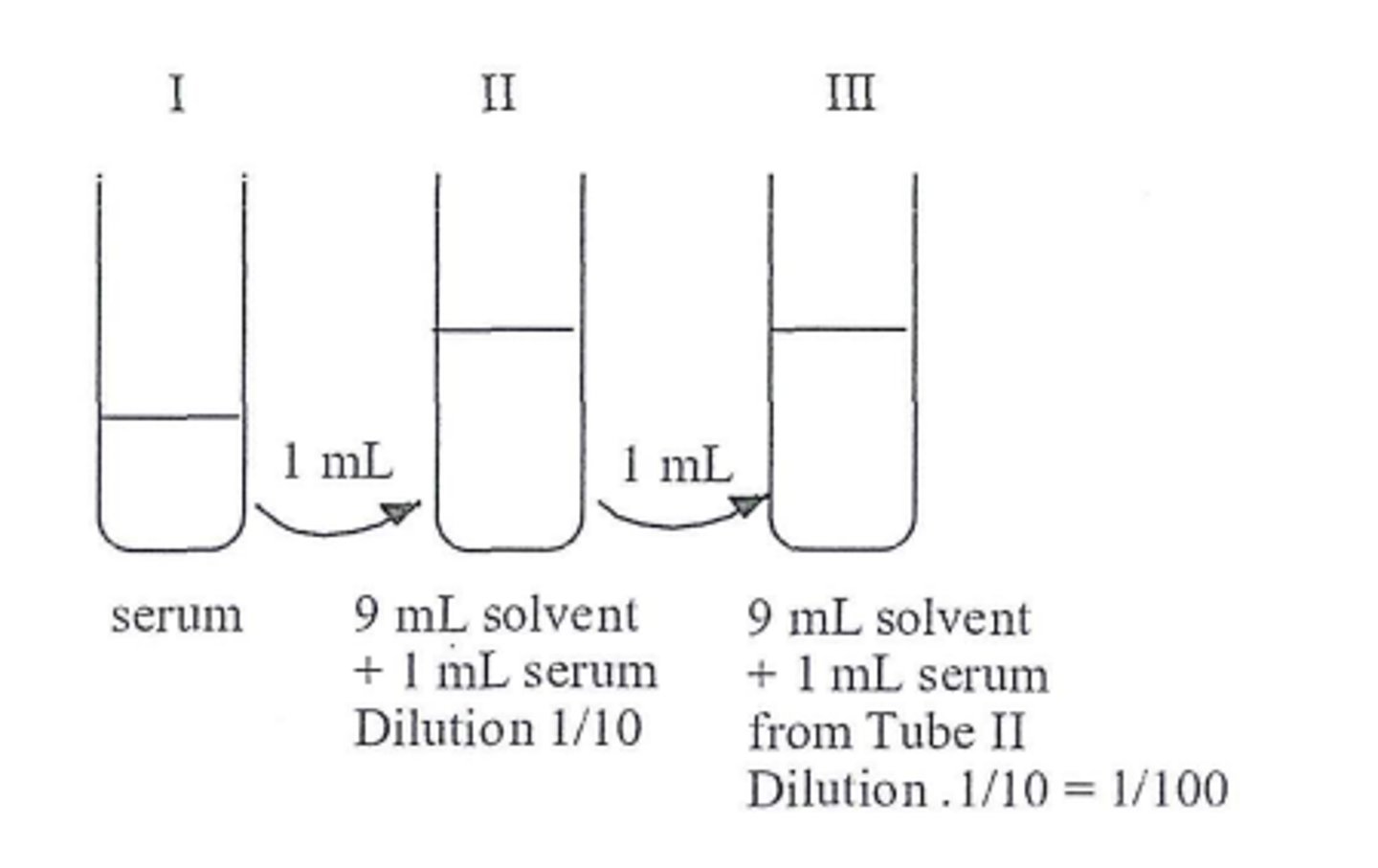
Example of dilution
1:10 dilution of a patient sample combines 1 milliliter of sample with 9 milliliters of distilled water. 1 part blood + 9 parts water = 1:10 dilution.
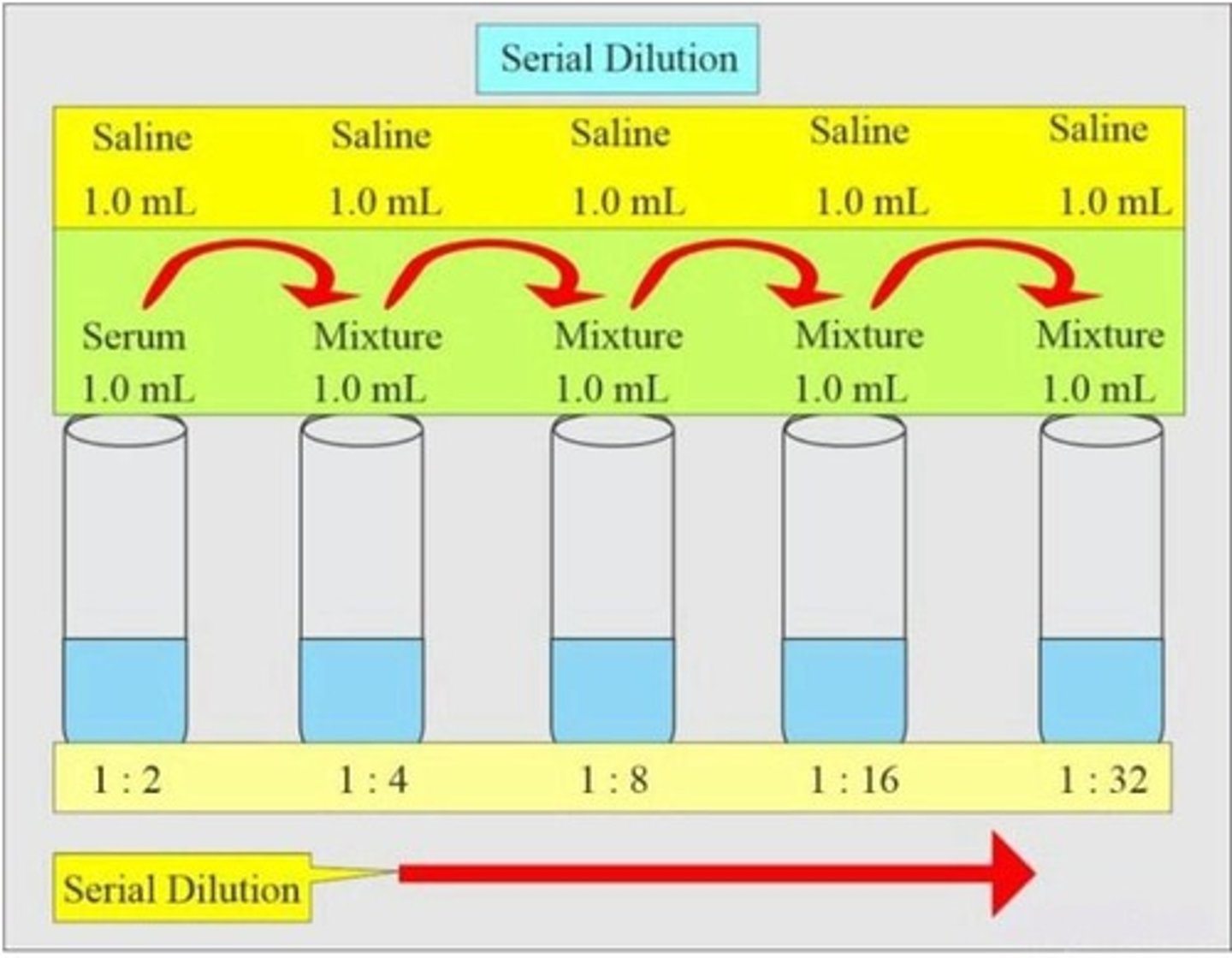
Serial Dilutions
Needed when performing immunologic tests or preparing manual calibration curves on instruments.
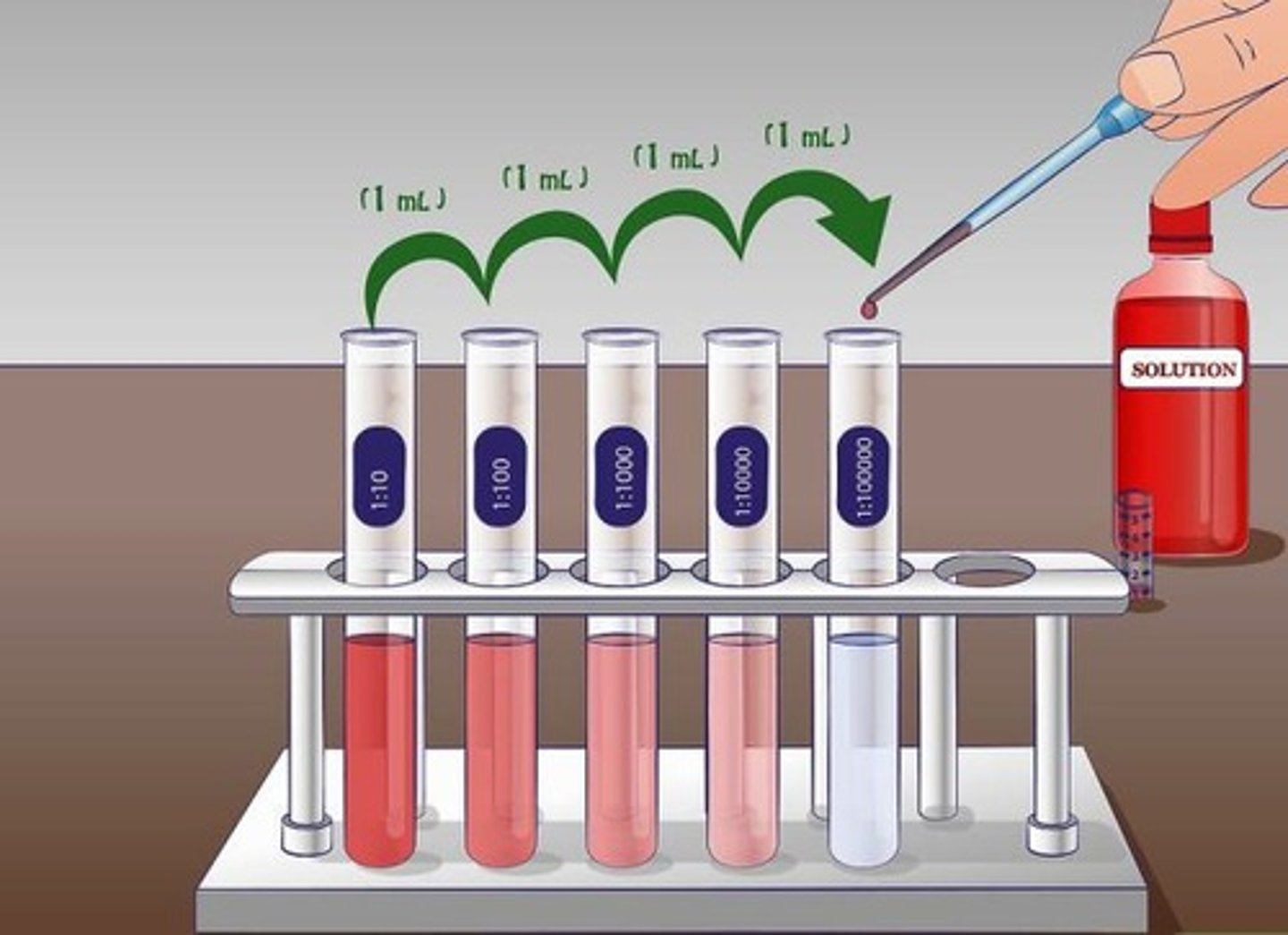
Example of serial dilution
Bilirubin contains 20 mg/dL and is diluted 1:5, 1:10, and 1:15, resulting in concentrations of 4 mg/dL, 2 mg/dL, and 1 mg/dL.
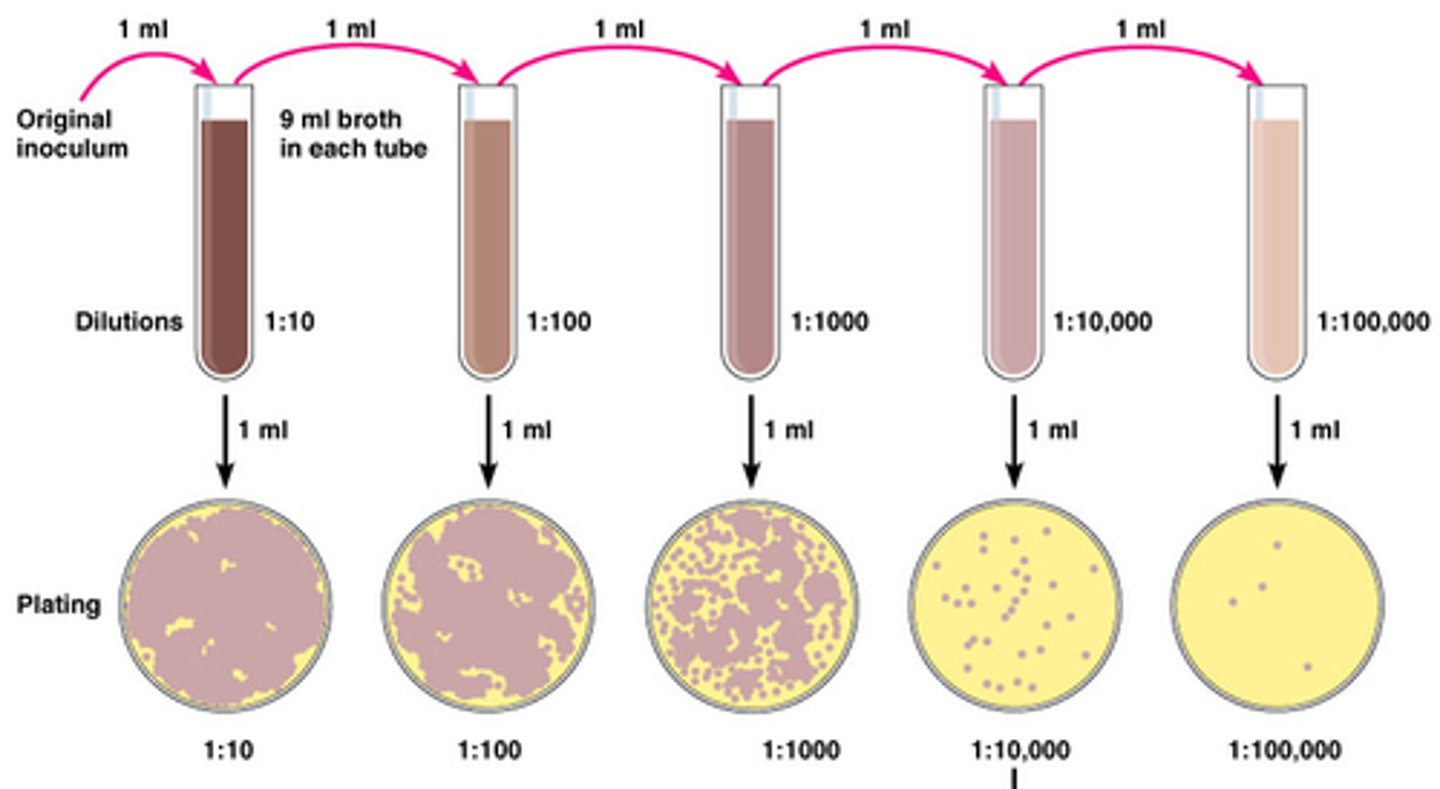
scientific notation
An easy way to handle very large numbers using the powers of 10.
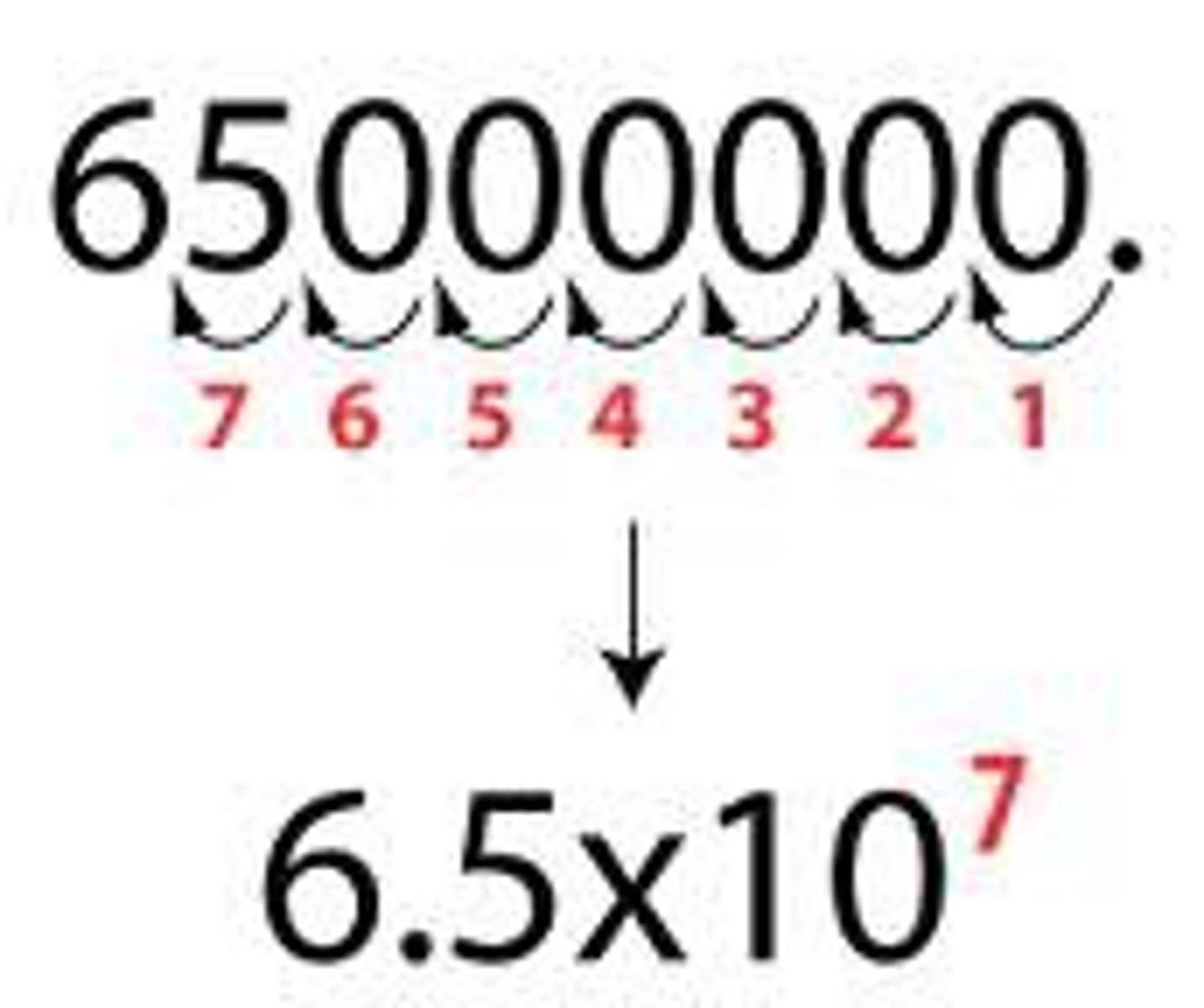
Steps to Convert to Exponential Form
1. Move the decimal point so that the first term is more than 1 and less than 10. 2. The second term is a power of 10 that is equal to the number of times that the decimal point was moved.

pH
Measures the amount of hydrogen ions in concentration
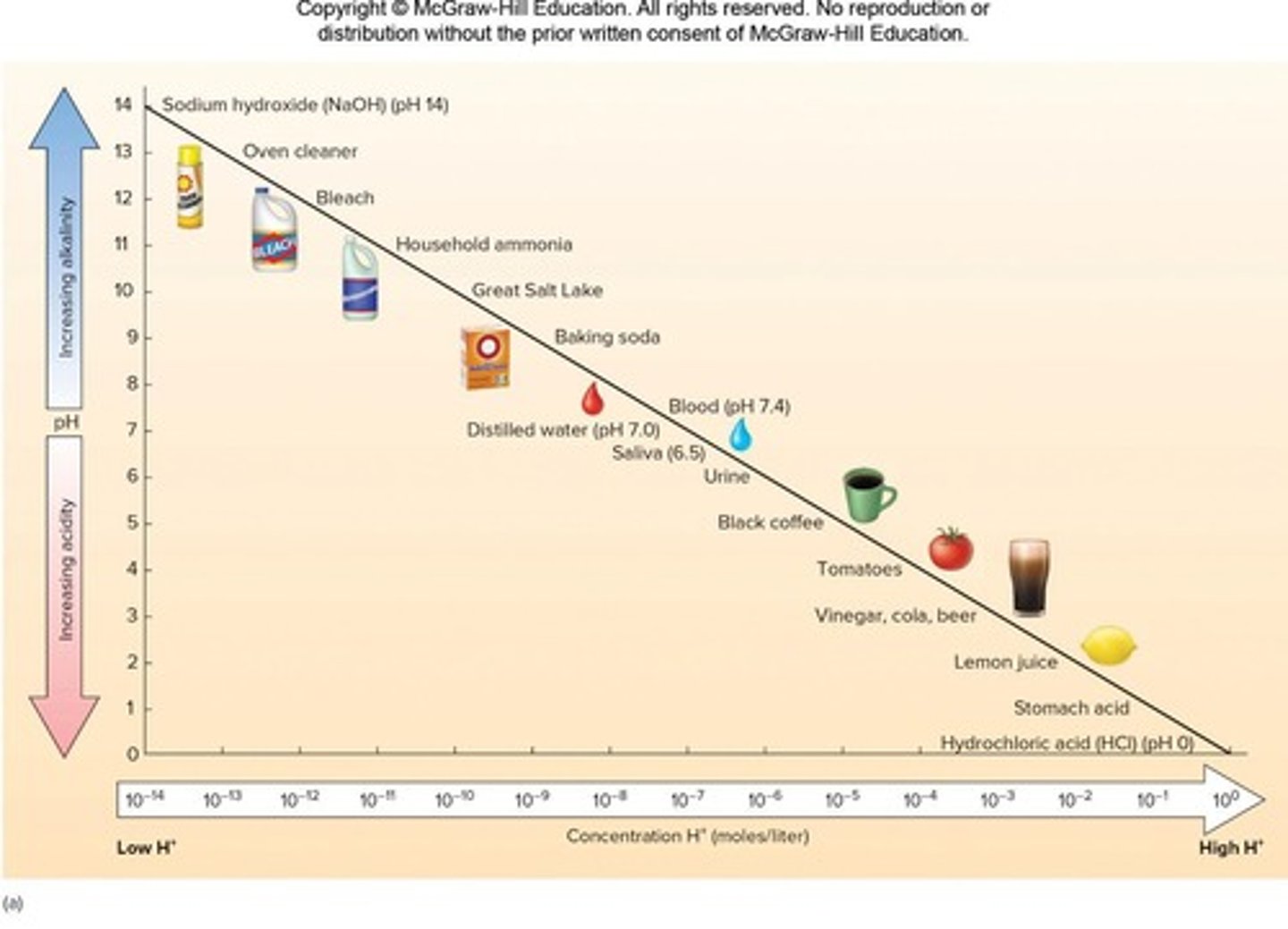
Celsius
Metric unit for measuring temperature; Water freezes at zero and boils at 100.
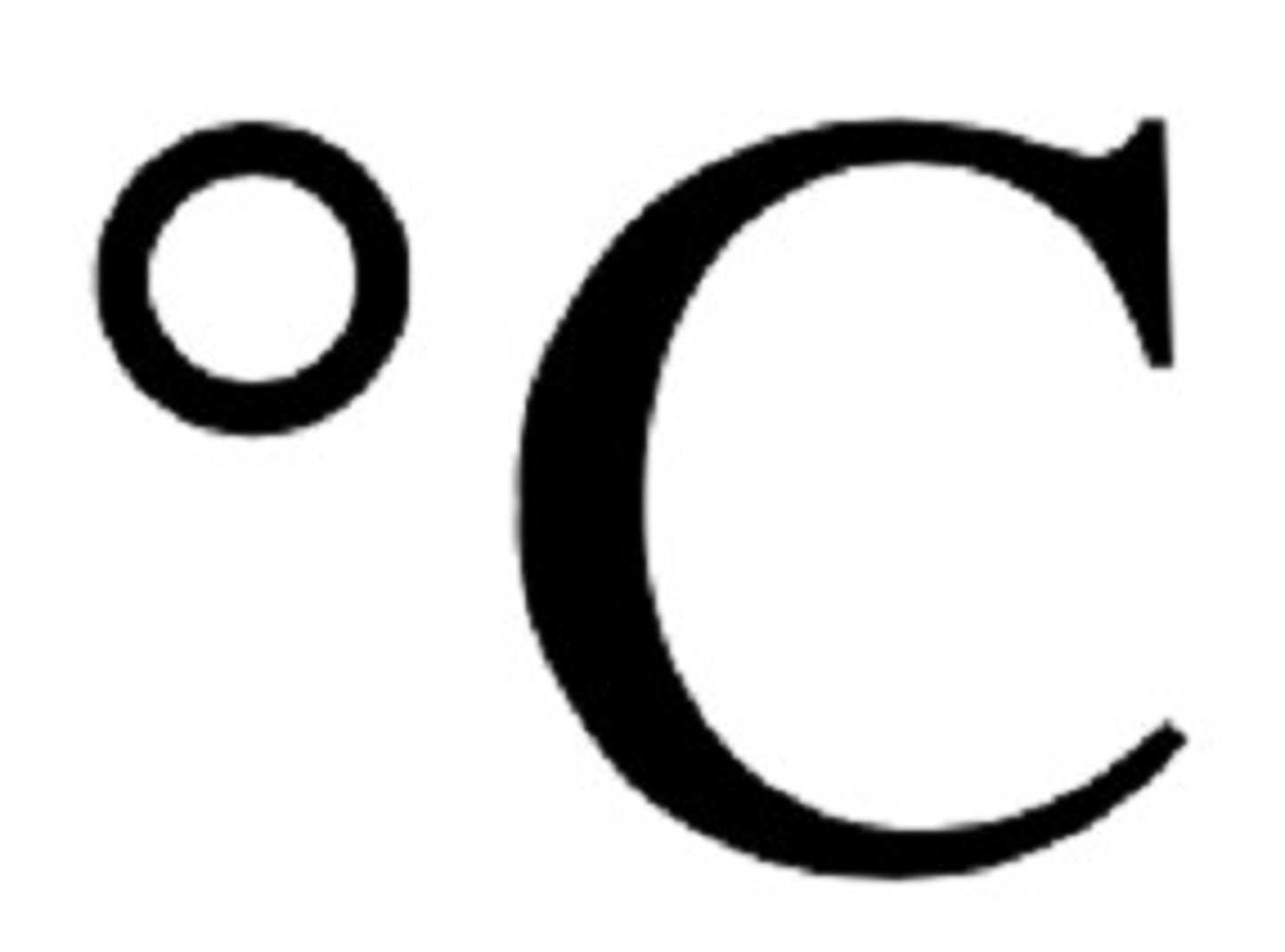
Fahrenheit to Celsius
C = 5/9(F − 32). No need to memorize but know how to use it.
Normal Temperature Dogs
38.3-39.2 °C / 101-102.5 °F.
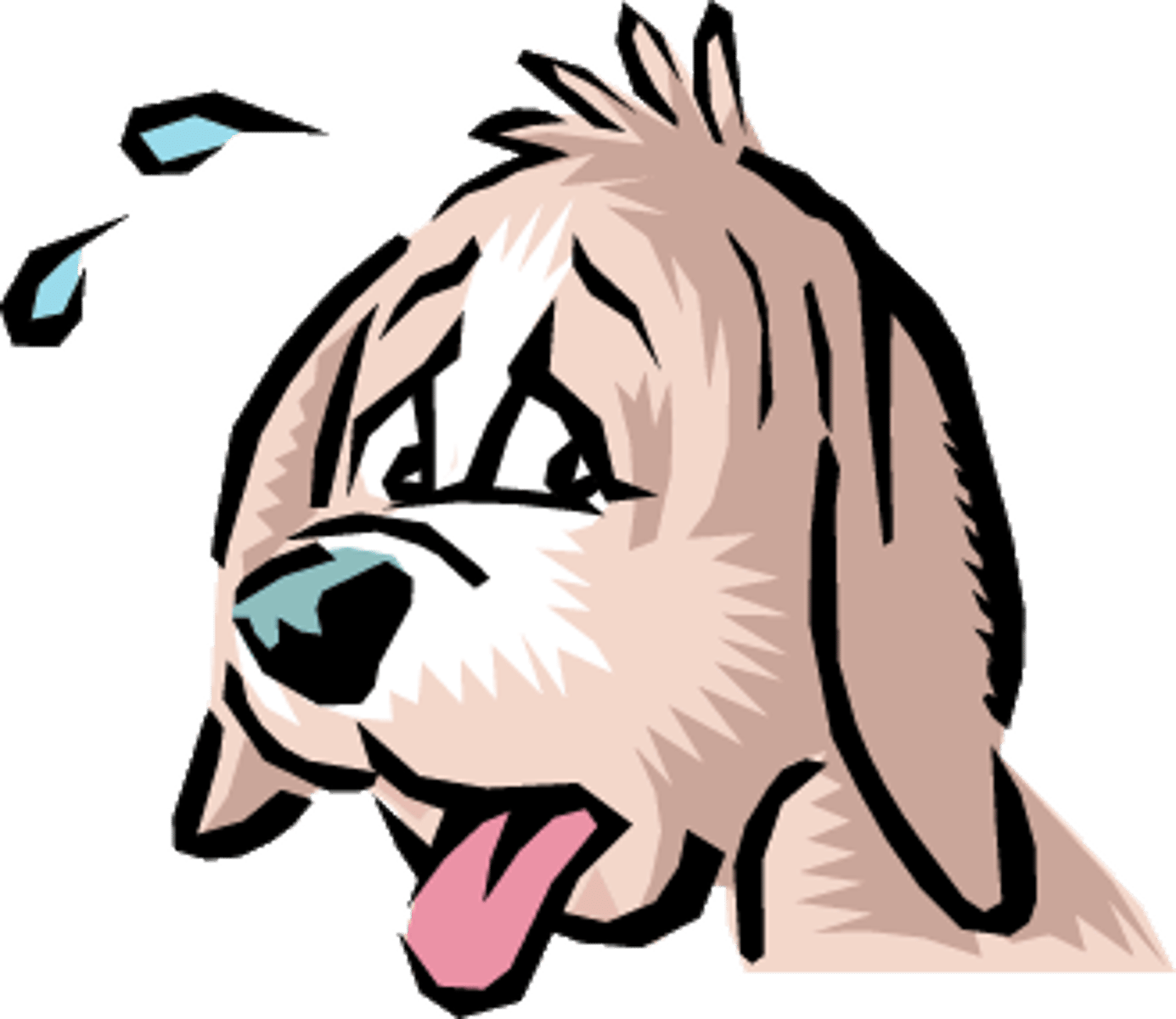
Normal Temperatures Cats
38.1-39.2 °C / 100.5-102.5 °F.
Normal Temperatures Horses
37.2-38.3 °C / 99-101 °F.
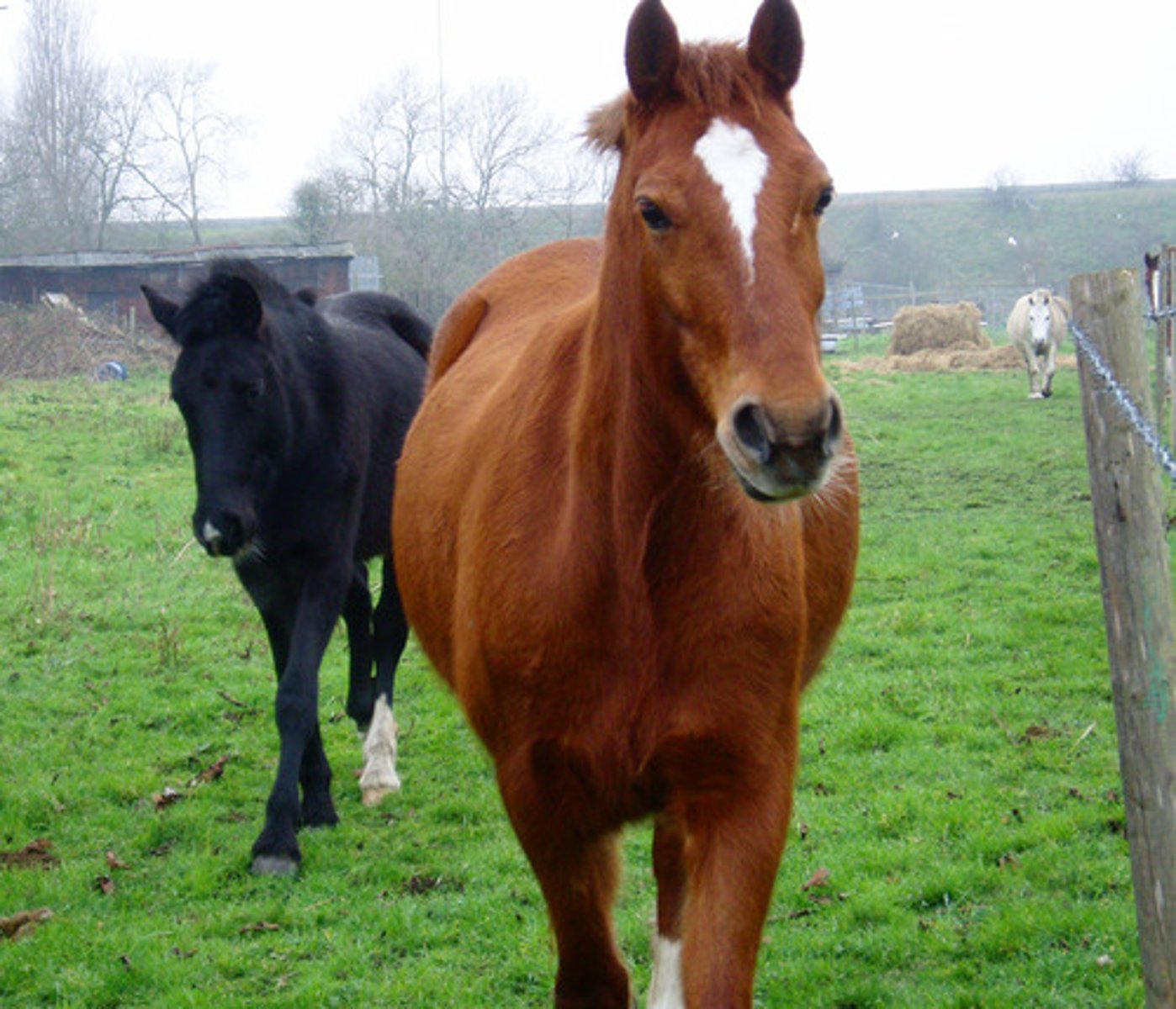
Normal Temperatures Cows
38.0-39.0 °C / 100.4-102.2 °F.
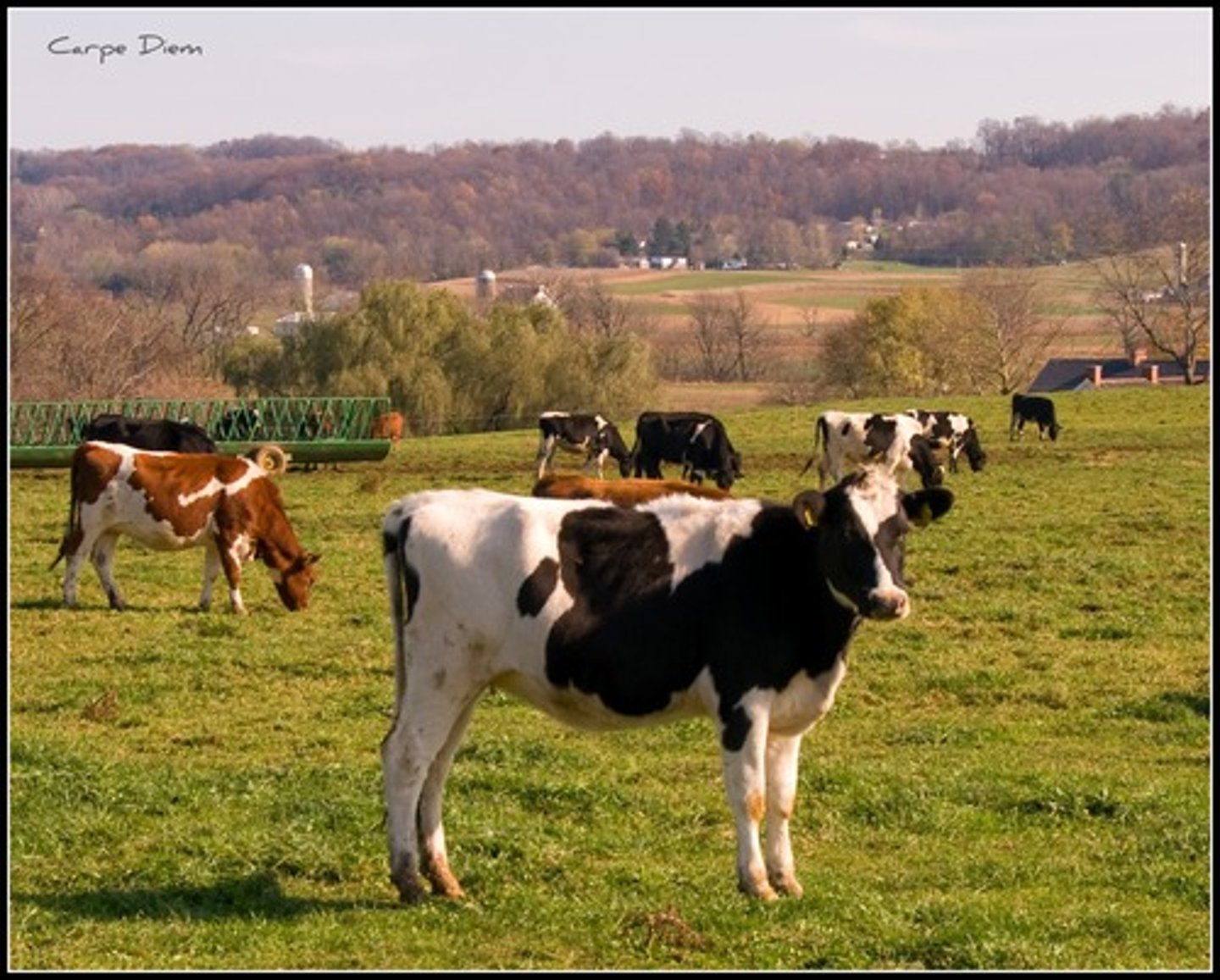
Normal Temperatures Sheep
38.3-39.9 °C / 101-103.8 °F.
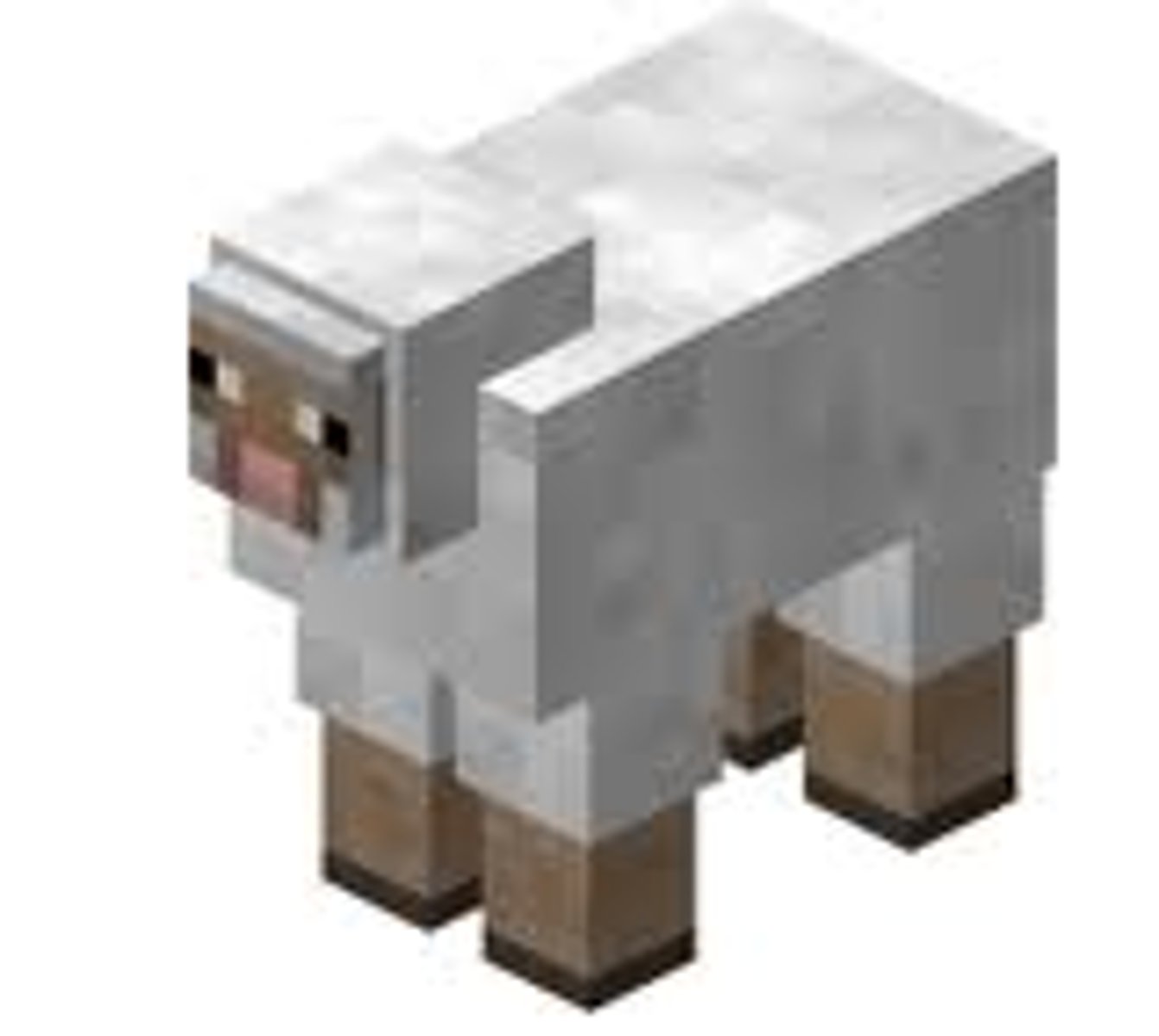
Normal Temperatures Goats
38.4-39.7 °C / 101-103.5 °F.
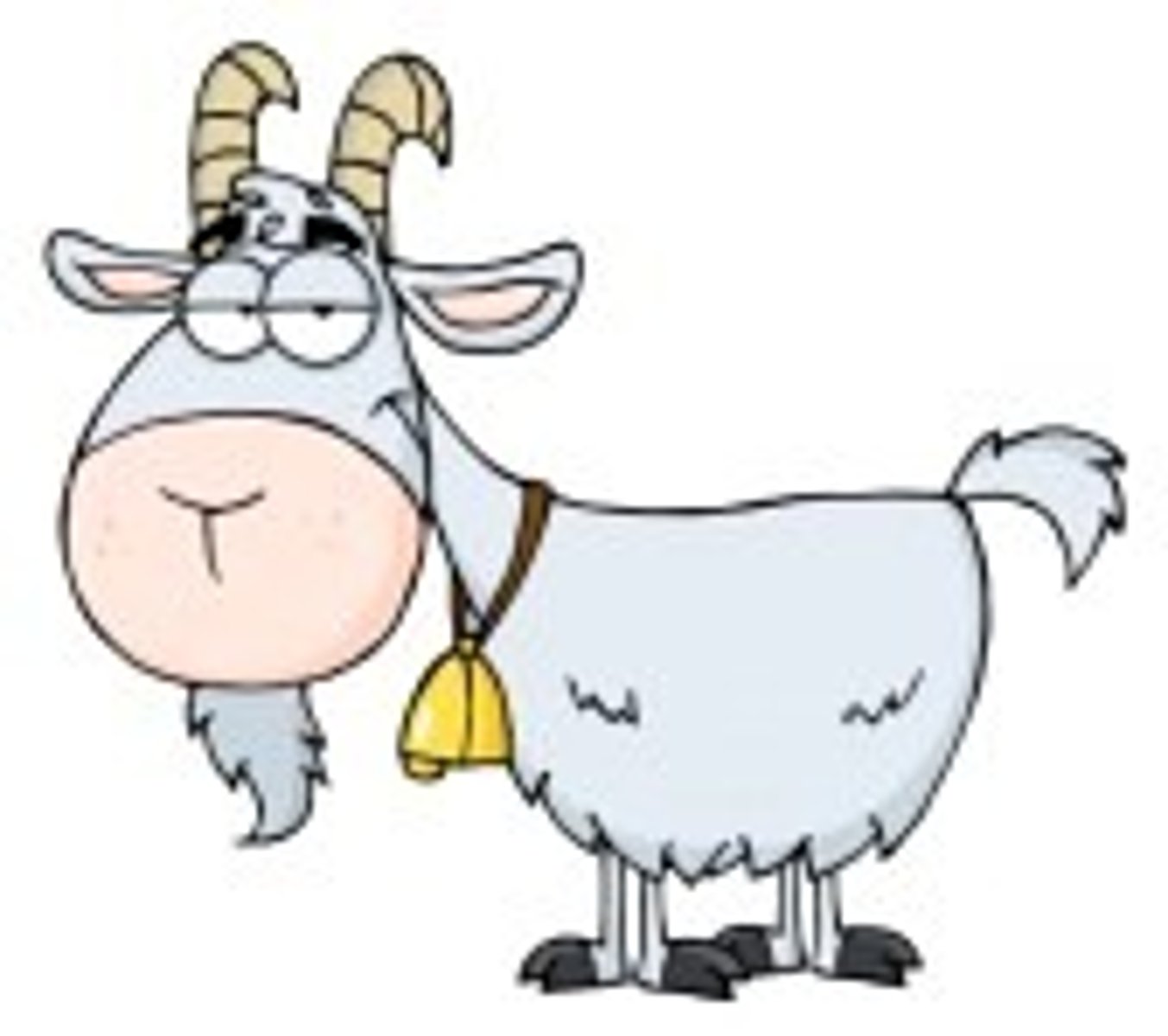
Normal Temperatures Rabbits
38.5-40.0 °C / 101.3-104 °F.
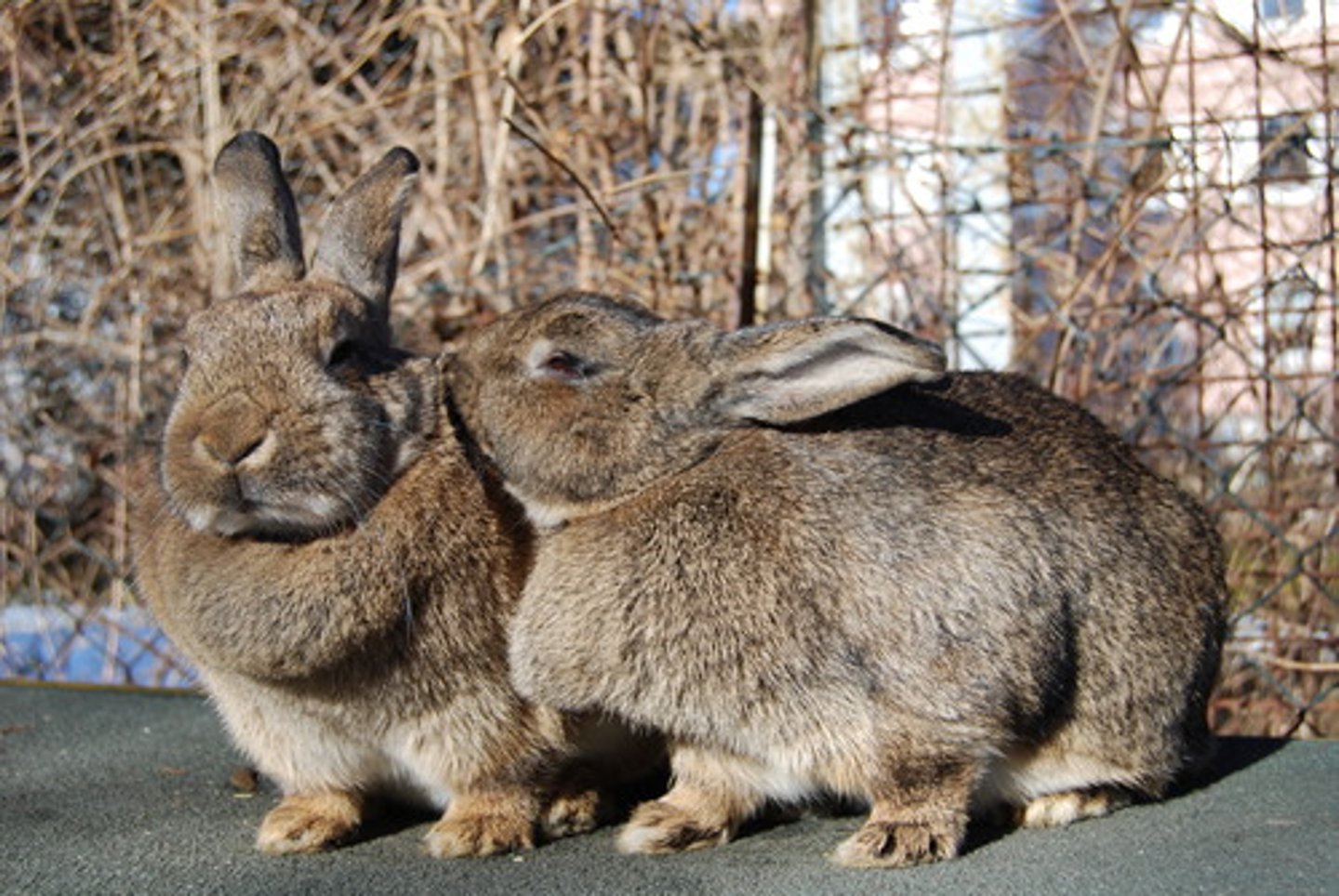
Normal Temperatures Birds
40-42 °C / 104-107.6 °F.
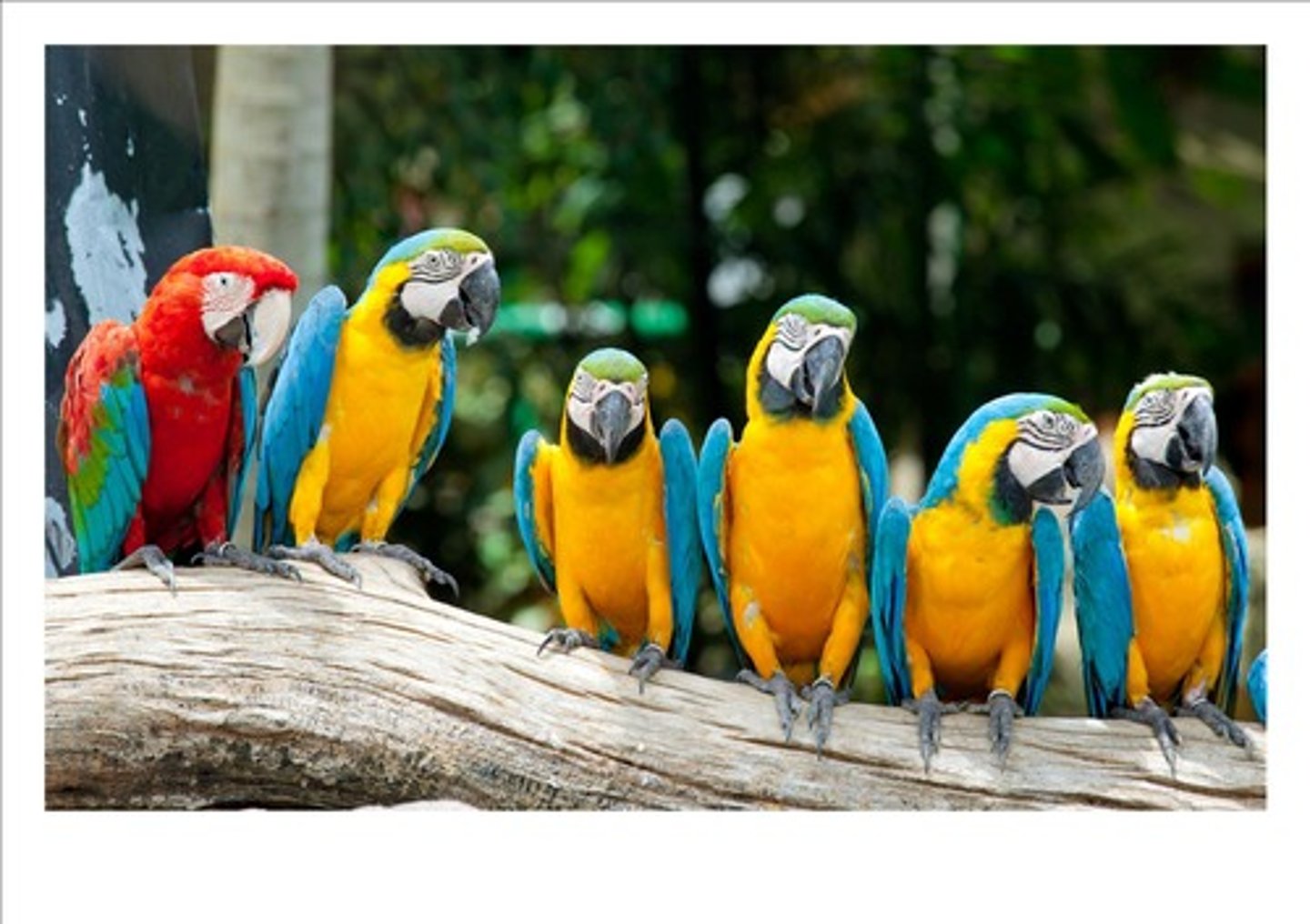
Hypothermia
<35 °C / <95 °F.
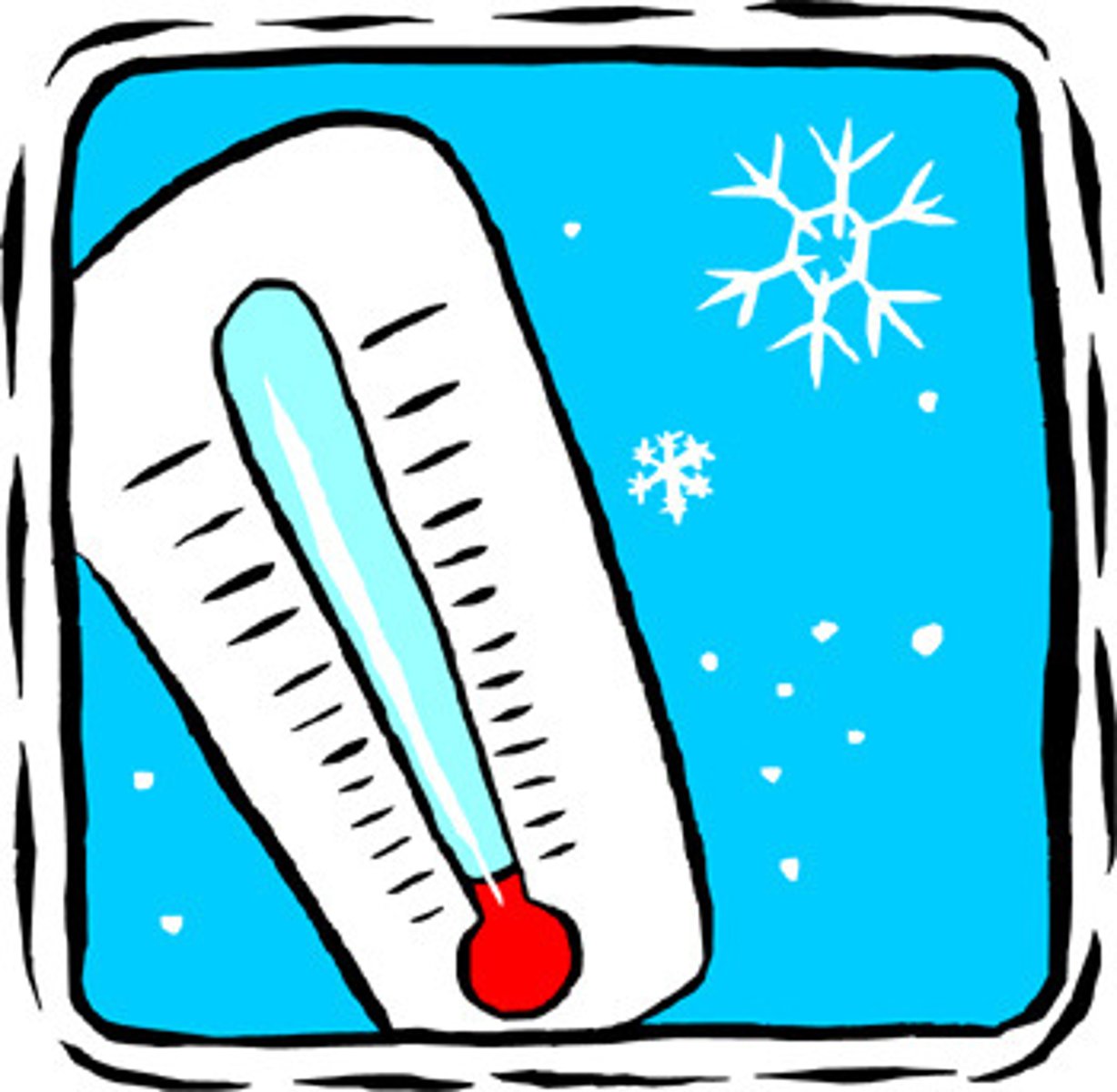
Fever / Hyperthermia
>40 °C / >104 °F.
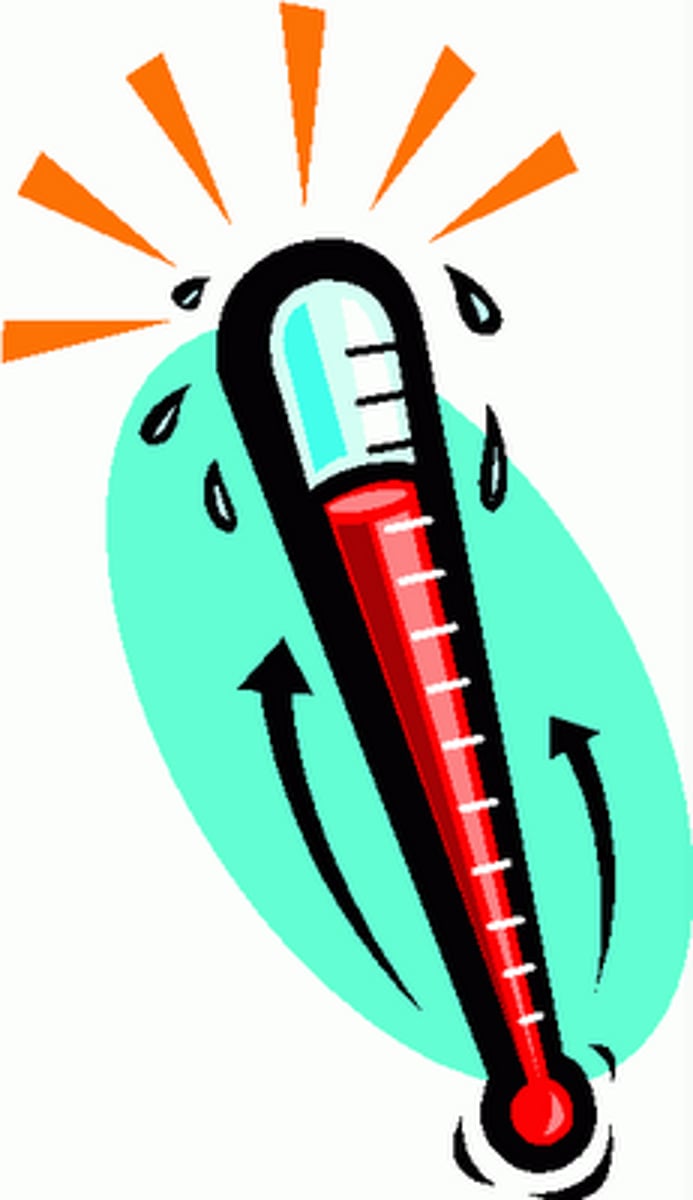
Meter
base unit of length in metric system
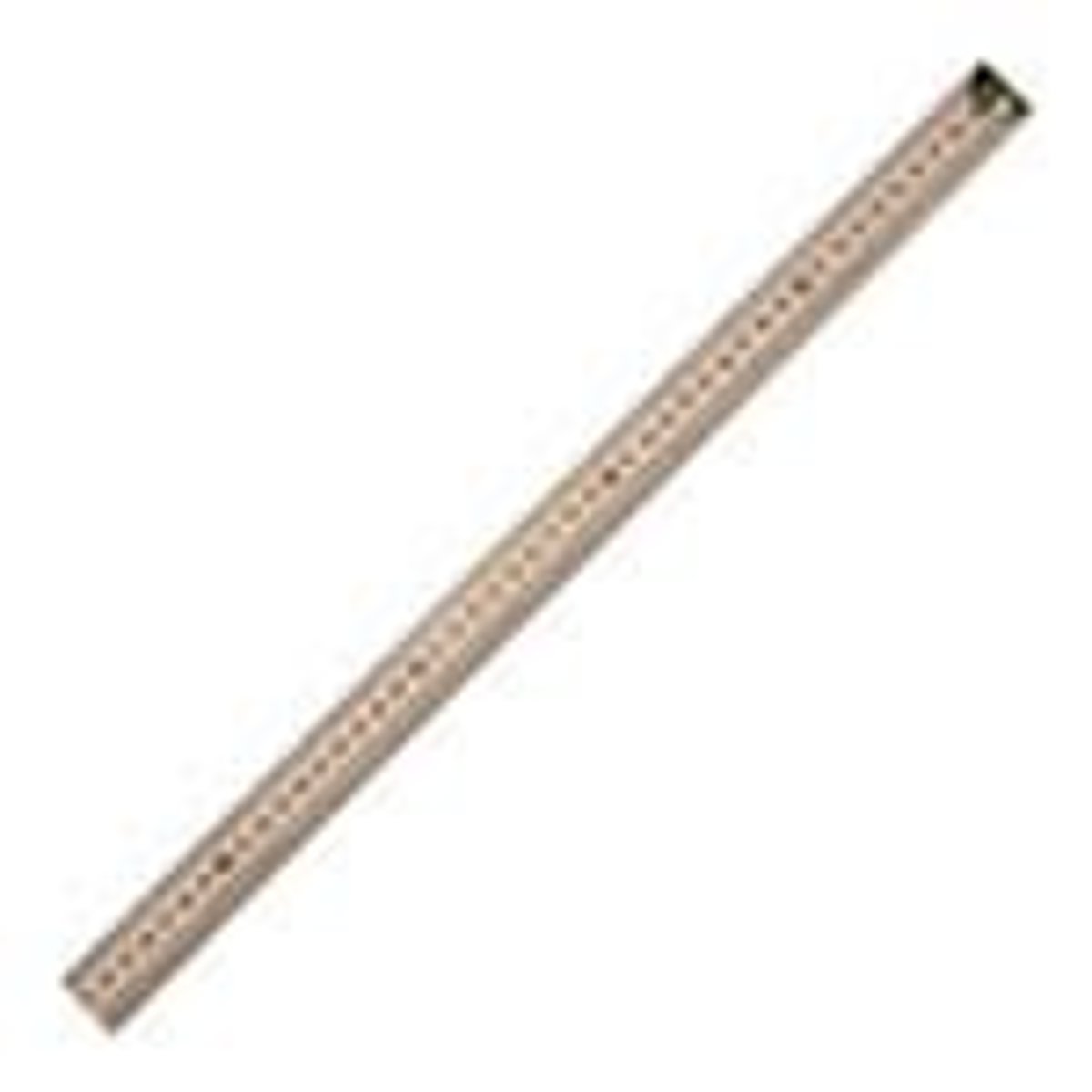
liter
Basic unit of volume in the metric system
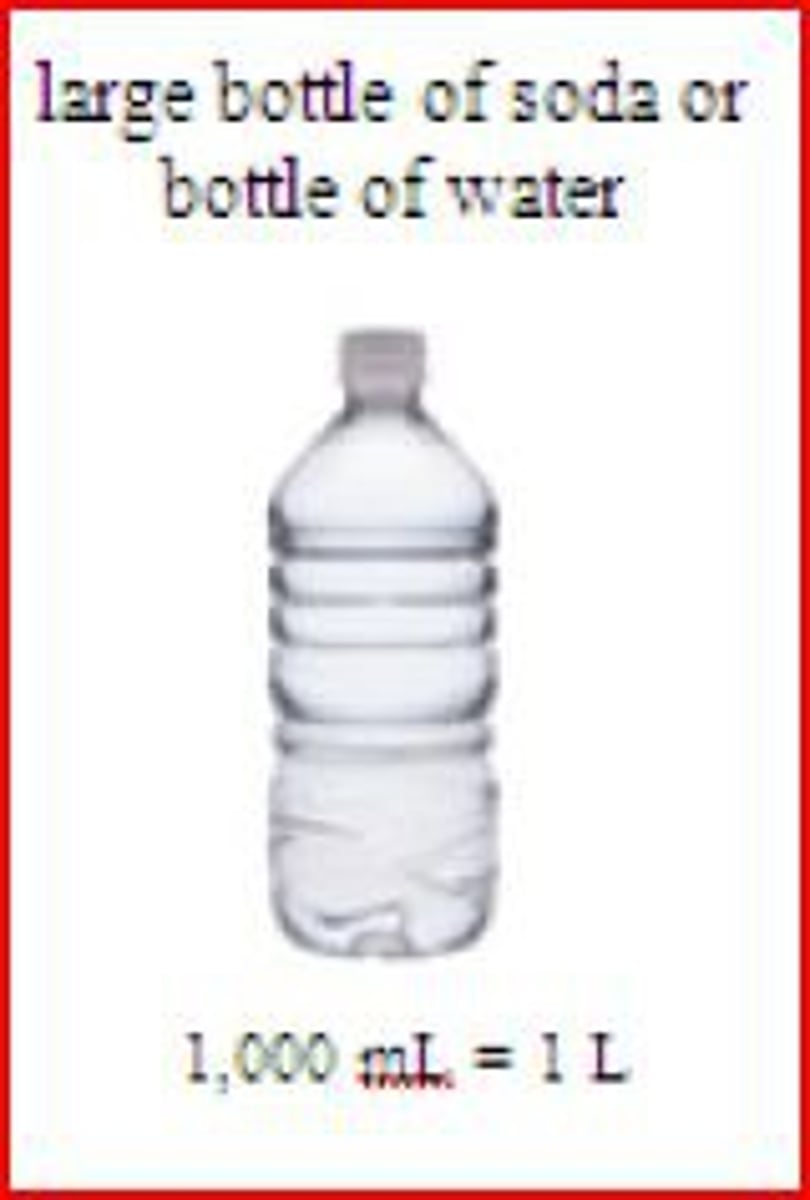
gram
basic unit of mass in metric system
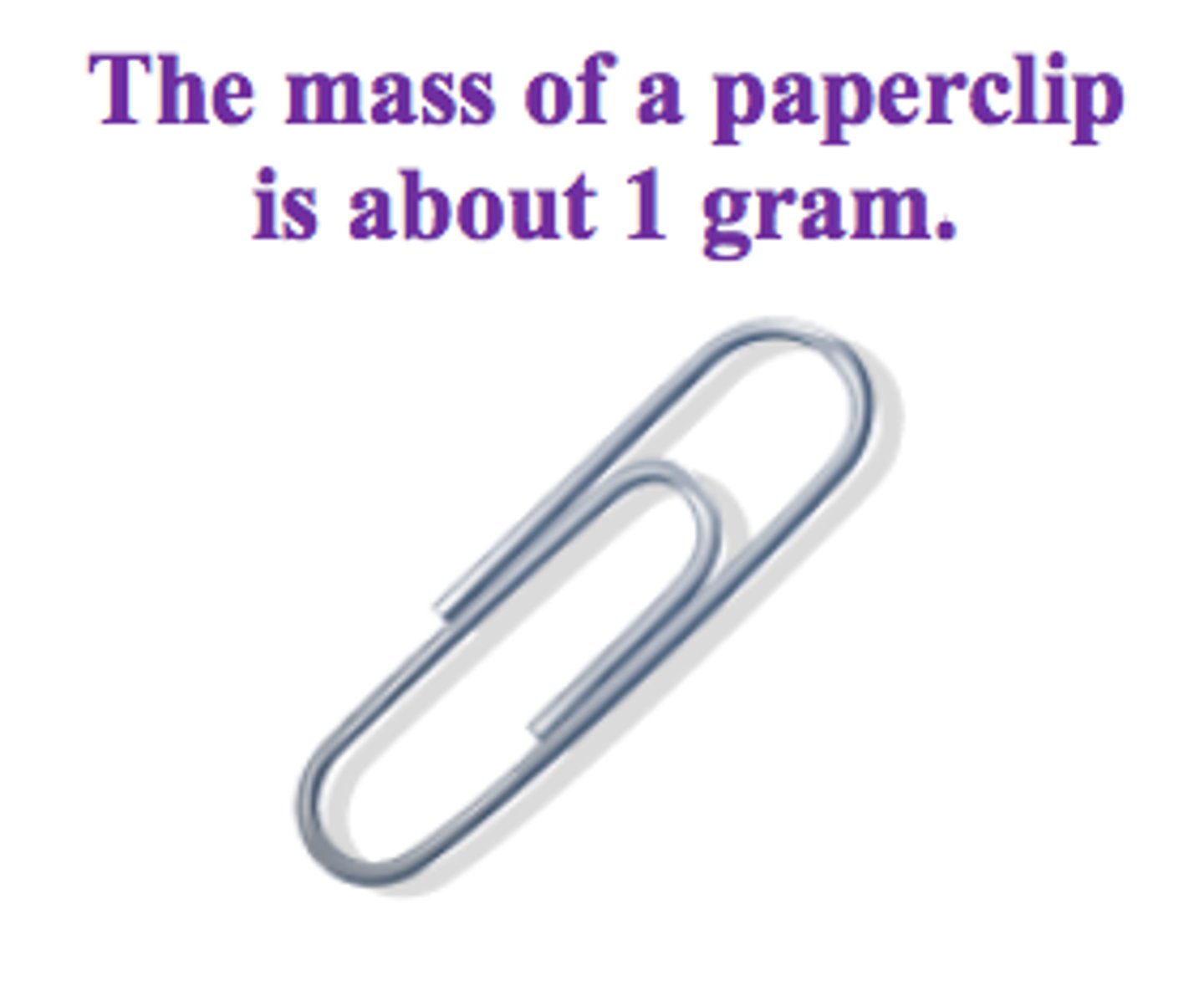
Kilo
10^3 or 1,000
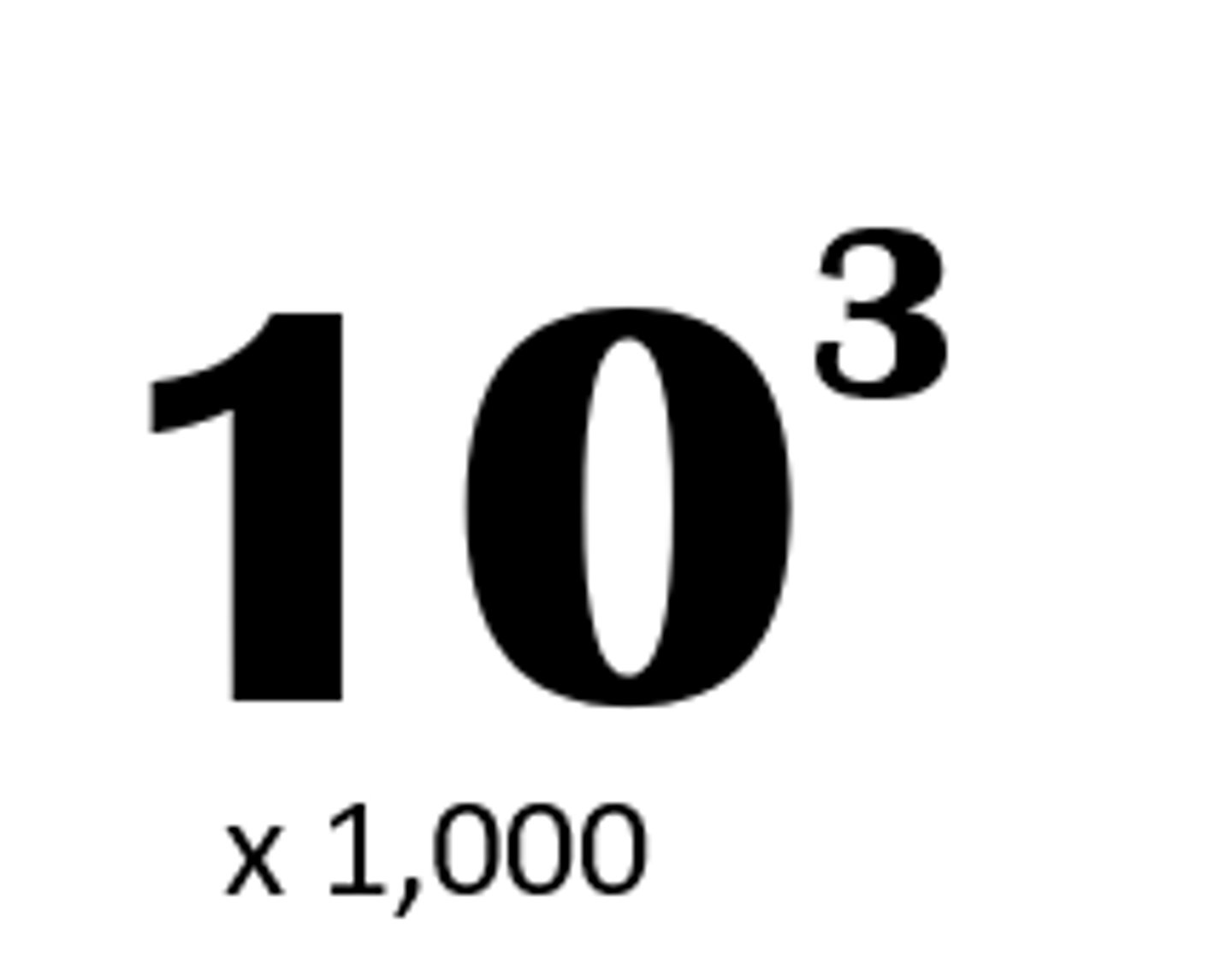
hecto
10^2 or 100
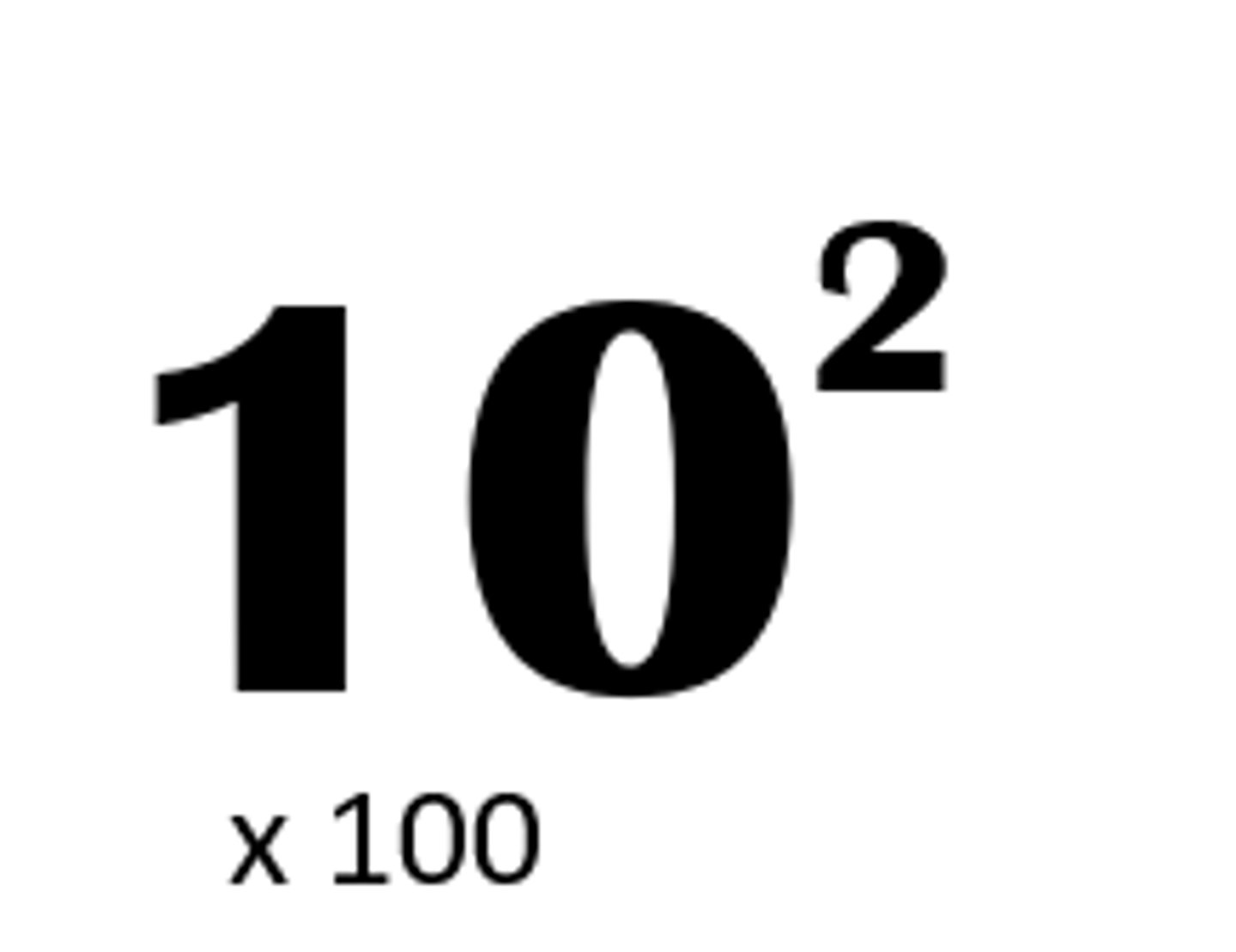
deci
10^-1 or 1/10
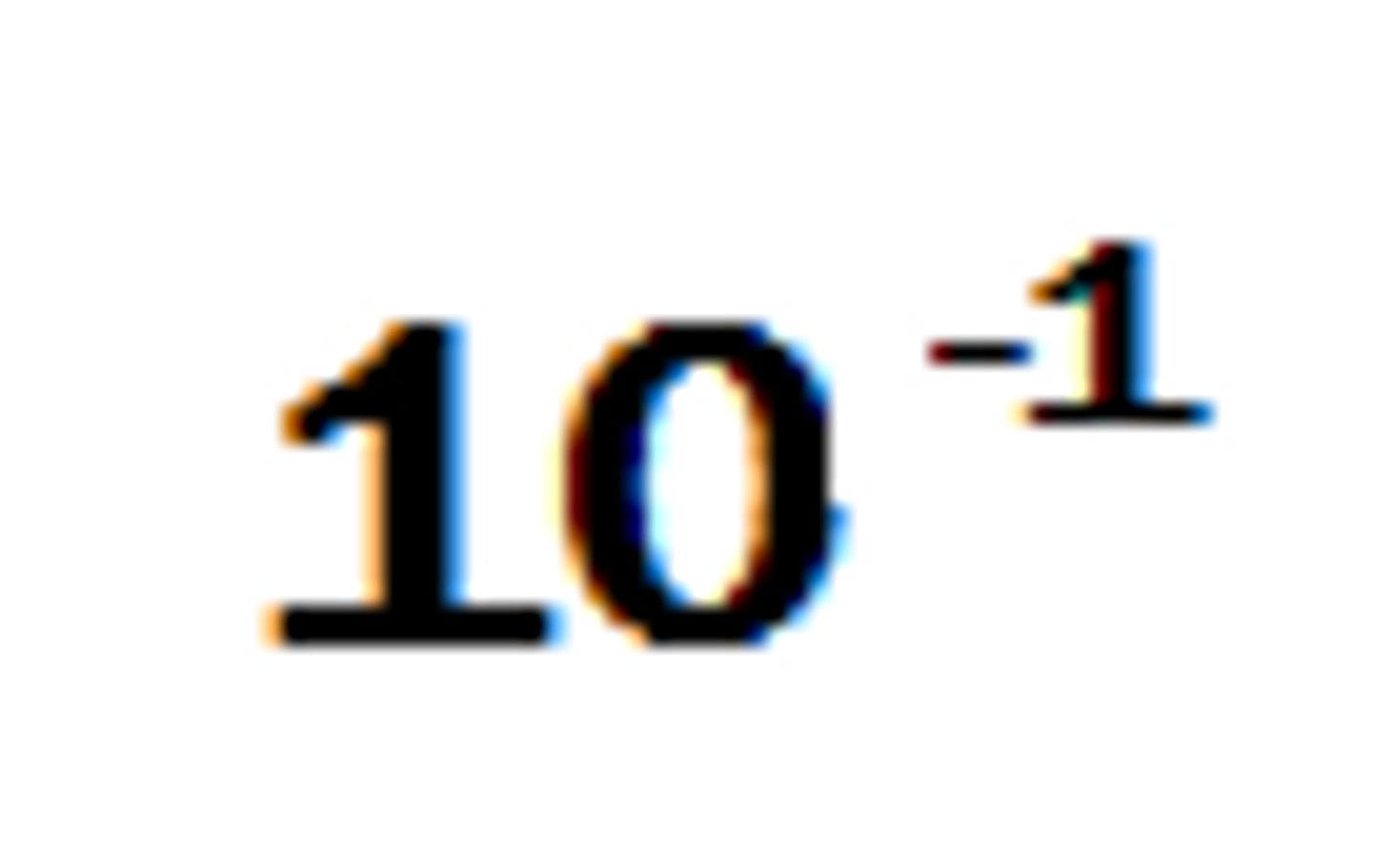
Celsius to Fahrenheit
F= 9/5 (C+32). No need to memorize but know how to use it.
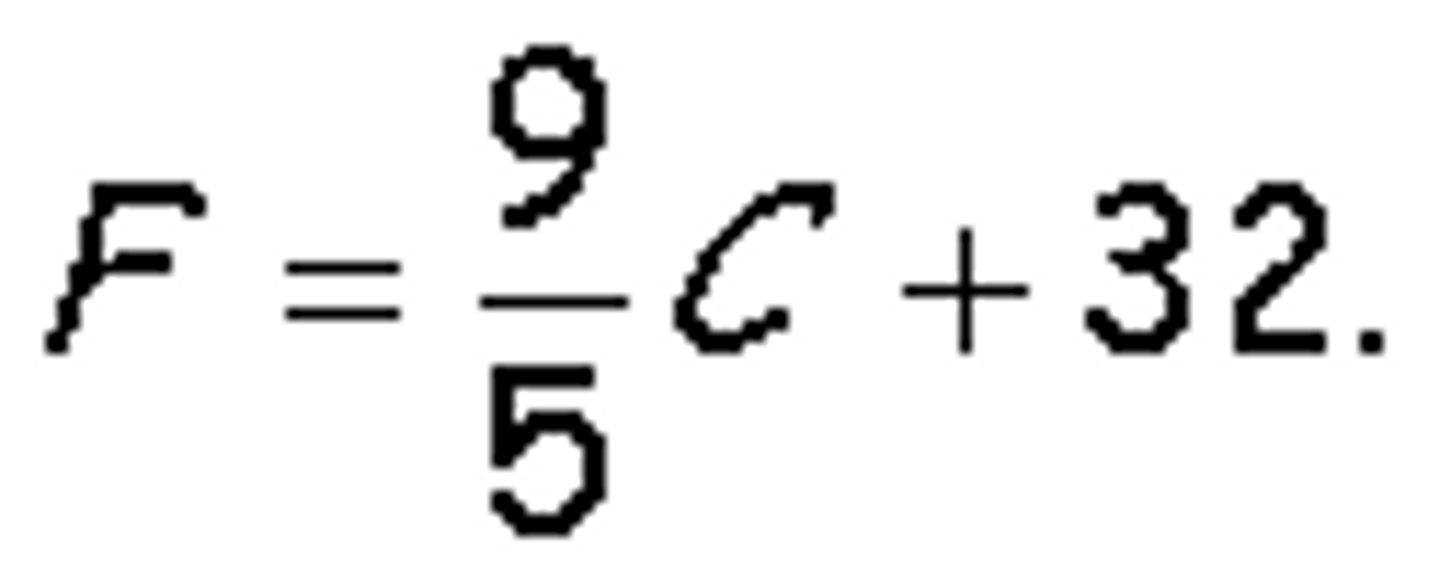
-40
What temperature is the same in Celsius and Fahrenheit?
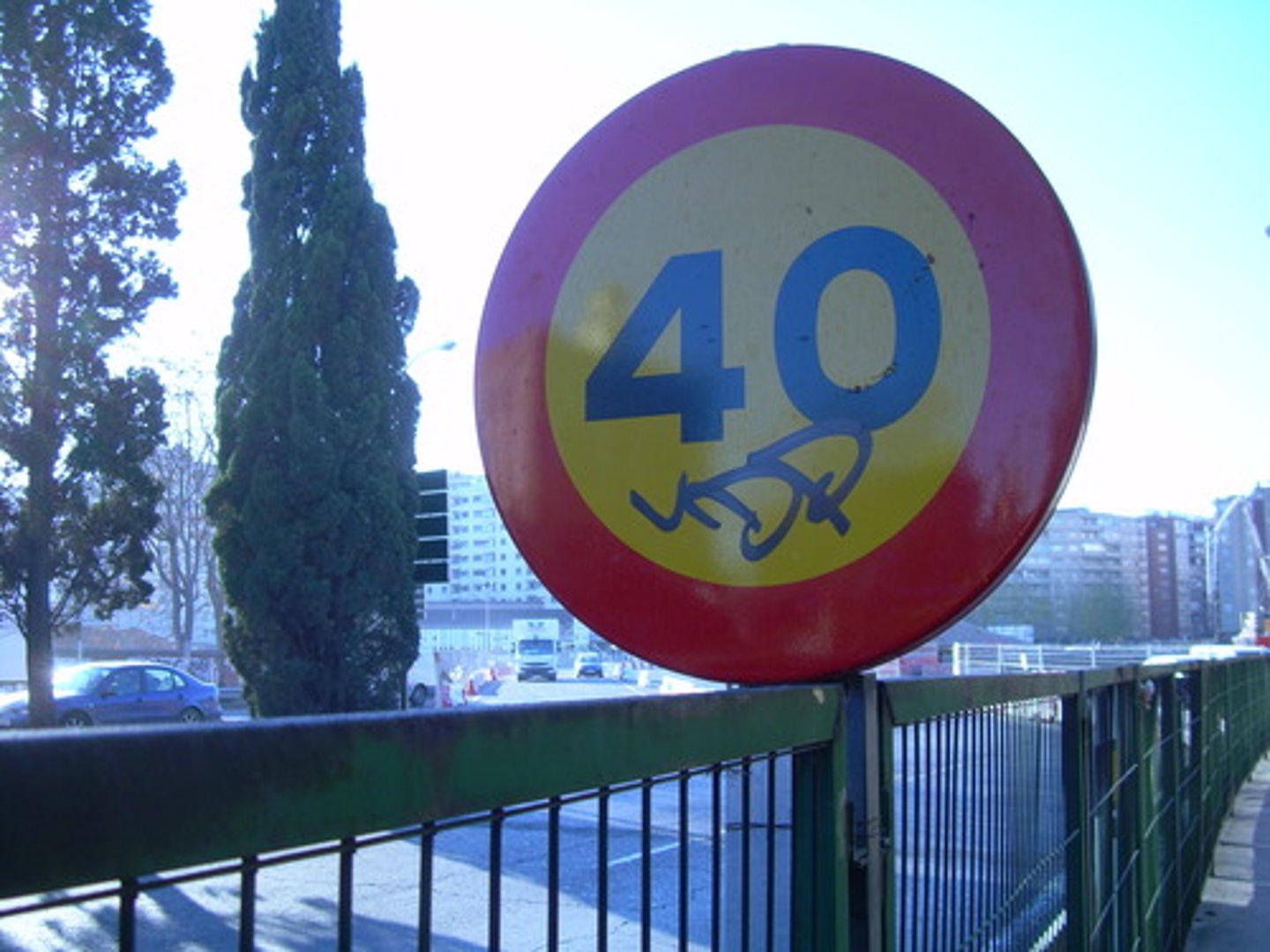
H+ concentration=10^-3 has a pH of ?
3
H+ concentration = 10^-8 has pH of ?
8
10^0 = ??
1
10^1 = ??
10
10^2 = ??
100